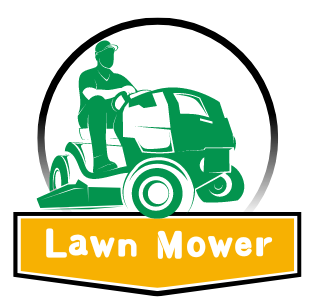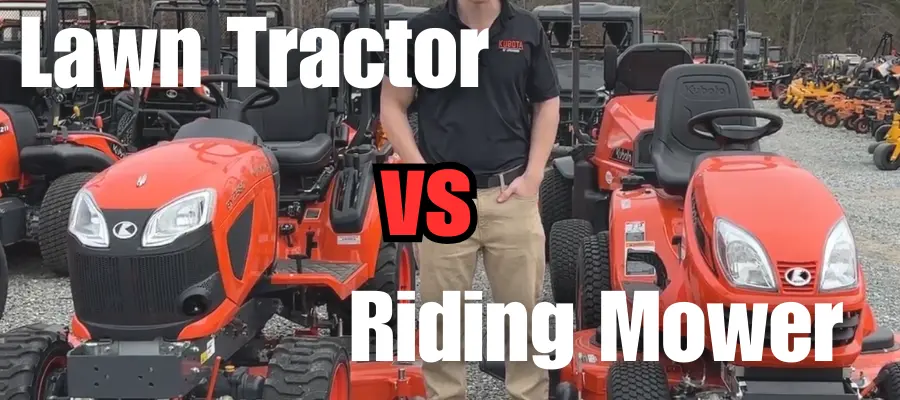Choosing the right equipment for maintaining your lawn can significantly impact the ease and efficiency of your yard work. Picture yourself effortlessly navigating across your large lawn, completing tasks in half the time it would take with a push mower.
For larger properties, the decision often boils down to choosing between a riding mower vs lawn tractor. Both options offer distinct advantages and cater to different needs.
In this guide, we’ll explore the differences between riding mowers and lawn tractors, helping you make an informed decision based on your specific lawn care needs.
Riding Mower vs Lawn Tractor
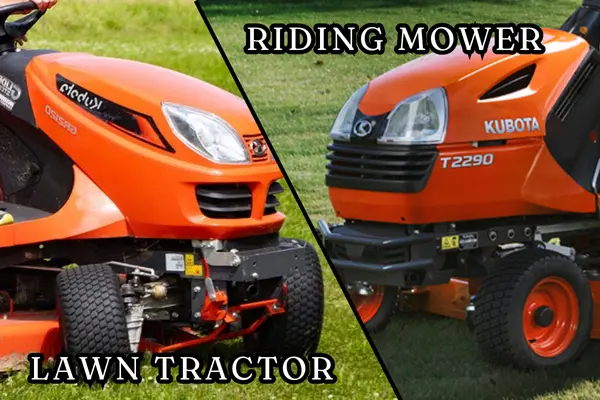
What is a Riding Mower?
A riding mower is a type of lawn mower designed for larger lawns, featuring a seat for the operator to ride and control the machine instead of pushing it. This design makes mowing more comfortable and less labor-intensive, especially for extensive areas.
Operators often wonder, ‘How Much Does a Riding Lawnmower Weigh?‘ Riding mowers typically boast powerful engines ranging from 10 to 25 horsepower, coupled with various deck sizes to suit different lawn types and sizes
Common Uses and Features
Ideal for medium to large lawns: Riding mowers are perfect for properties that are too large for a push mower but too small for a full-fledged lawn tractor.
Comfortable operation: Features like high-back seats, adjustable controls, and foot-operated hydrostatic transmissions enhance user comfort.
Efficient mowing: Wide cutting decks, typically between 30 to 60 inches, allow for efficient mowing, reducing the time spent on lawn care.
What is a Lawn Tractor?
A lawn tractor is a more robust and versatile machine compared to a riding mower. It not only mows grass but also can handle a variety of other tasks, such as hauling, tilling, and even snow removal with the right attachments. Lawn tractors are designed for heavy-duty use and often come with more powerful engines and sturdier construction.
Common Uses and Features
Ideal for large properties and diverse tasks: Lawn tractors are suitable for expansive lawns and can perform multiple functions beyond mowing.
Enhanced durability: Built with heavier materials and often featuring fabricated decks, lawn tractors are designed to withstand tougher conditions.
Multiple attachments: Can be equipped with accessories like trailers, aerators, and snowblowers.
Power and Performance
Engine Types and Horsepower
Riding Mowers
Riding mowers typically feature gasoline engines, with horsepower ranging from 10 to 25 HP. This makes them suitable for regular lawn maintenance without the need for additional heavy-duty tasks.
Lawn Tractors
Lawn tractors often come with more powerful engines, including both gasoline and diesel options, providing horsepower ranging from 15 to over 30 HP. This added power allows them to handle more demanding tasks.
Cutting Capabilities
The cutting deck size and blade system significantly influence the performance of both riding mowers and lawn tractors.
Riding Mowers
▪ Deck Sizes: 30 to 60 inches
▪ Blade Systems: Typically 2 blades, suitable for general lawn mowing.
Riding mowers are designed to efficiently handle medium to large lawns, making them a practical choice for homeowners with less complex mowing needs.
Lawn Tractors
▪ Deck Sizes: 42 to 72 inches
▪ Blade Systems: Often feature 3 blades for a finer cut and more uniform grass distribution.
Lawn tractors excel in cutting larger areas quickly and efficiently. Their robust blade systems and larger deck sizes allow them to manage rougher terrains and thicker grass.
Maneuverability and Ease of Use
Turning Radius
The turning radius is an essential factor for maneuverability, especially in lawns with many obstacles.
Riding Mowers
Riding mowers typically have a tighter turning radius, ranging from 12 to 16 inches, making them ideal for navigating around trees, flower beds, and other landscape features.
Lawn Tractors
Lawn tractors, while generally larger and more powerful, often have a wider turning radius of 16 to 20 inches. However, models like the Kubota GR2120, with an 8 to 9-inch turning radius and all-wheel drive, offer exceptional maneuverability despite their size.
Comfort and Control
Both riding mowers and lawn tractors are designed with user comfort in mind, but there are some differences in the level of comfort and control they offer.
Riding Mowers
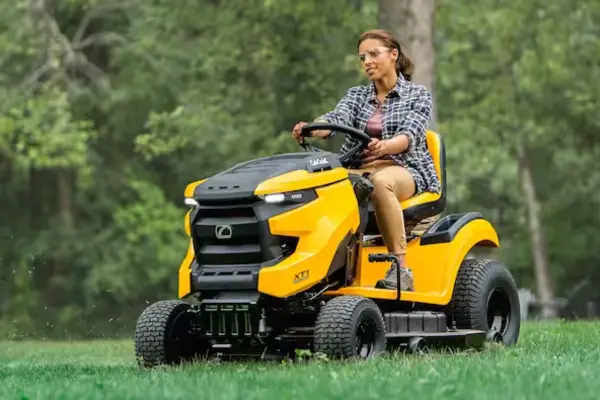
▪ Comfort Features: High-back seats, adjustable controls, and hydrostatic transmissions.
▪ Ease of Use: Simple controls and a smooth ride make them user-friendly, even for those new to lawn care equipment.
Lawn Tractors
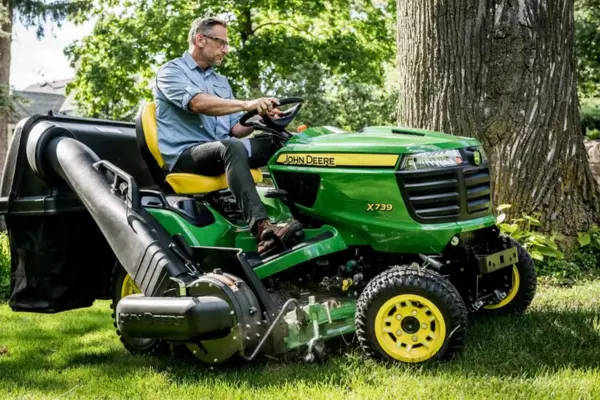
▪ Comfort Features: Enhanced with features like suspension seats, armrests, and power steering.
▪ Ease of Use: Despite their larger size, features like all-wheel drive and hydrostatic transmissions make them easy to operate, even on challenging terrain.
Cost Considerations
| Feature | Riding Mower | Lawn Tractor |
|---|---|---|
| Price Range | $1,000 to $3,500 | $2,500 to $6,000+ |
| Best For | Medium-sized lawns, budget-conscious buyers | Large properties, versatile tasks |
Conclusion
When deciding between a riding mower and a lawn tractor, it’s essential to consider your specific lawn care needs, property size, and budget. Riding mowers are an excellent choice for medium to large lawns, offering comfort, efficiency, and cost-effectiveness for regular mowing tasks. On the other hand, Lawn Tractors provide unmatched versatility and durability, making them ideal for large properties and a variety of tasks beyond mowing.
